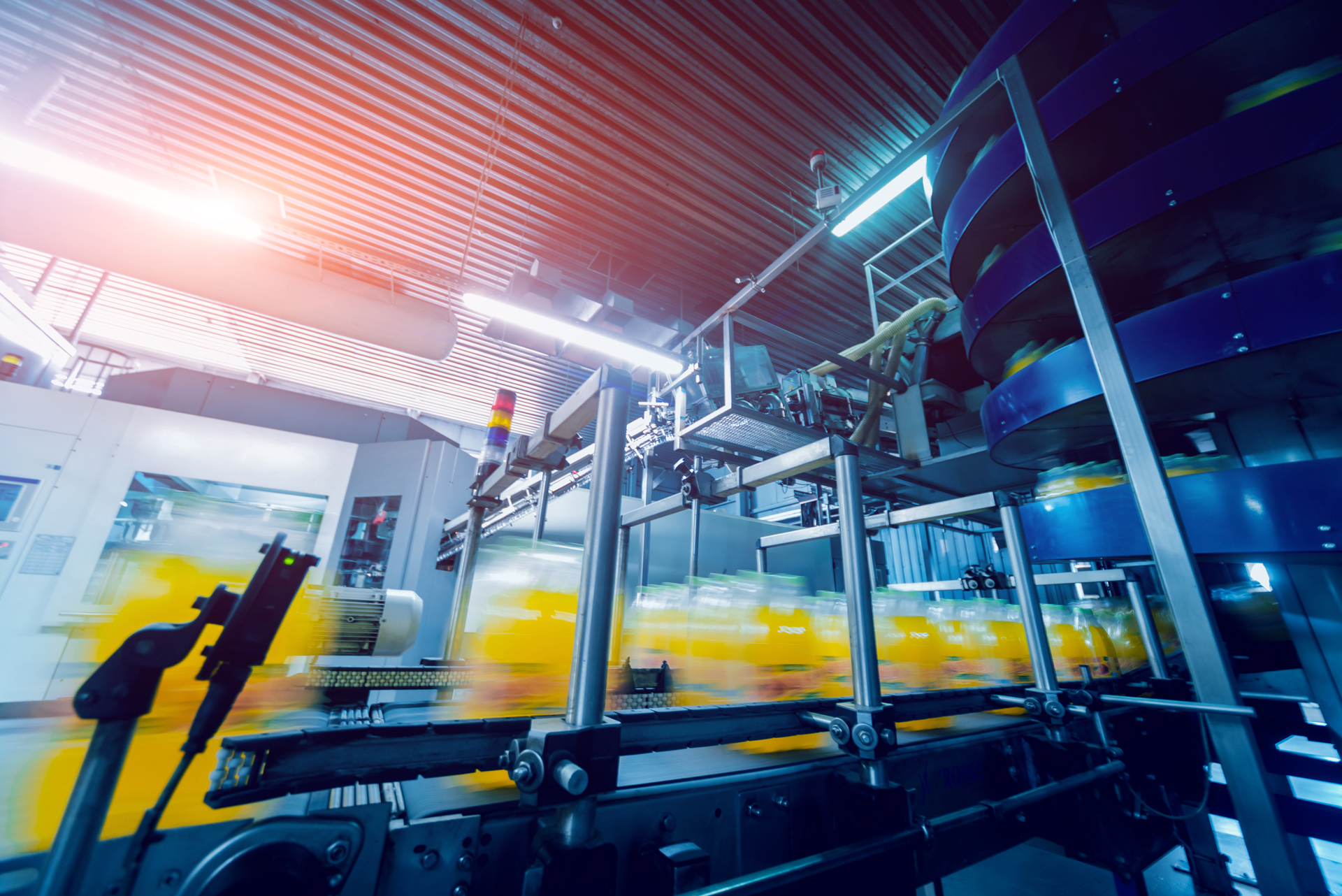The ever-rising competitive market and increasing consumer awareness have forced manufacturers to revisit their product attributes and aesthetics. For me-too products, there is not much scope for changes in product attributes. But there is one thing that can make all the difference to the consumer, and that is packaging. How do you present your product on the market can really influence the consumer’s buying decision. The rising trend of customer-oriented packaging has also elevated the role of packaging from mere protection to the attractive and user-friendly component of the product to get noticed by the consumers. As a result of all these factors, packaging today has become more complicated and cost-intensive. Hence, automated packaging is the only solution today that can meet the growing demands of the consumer while keeping down the cost to a minimum for manufacturers.
Why manual packaging won’t work for long term
Manual packaging is preferred in small scale industries, and when massive investments need to be curtailed. Though looking inexpensive initially, manual packaging is not a viable option for the long term and involves many challenges such as:
- Expensive process: Keeping costs minimal is a priority given that packaging is secondary to production.
- Inconsistent quality: This keeps the packaging from fulfilling its larger purpose of selling the product.
- Labor costs: Core aspects of packaging demand labor for ideation, execution, and scaled replication. Accordingly, the costs increase.
- Material acquisition: Increased demand for packaging materials
More ROI with Automated packaging: Here is the proof
It is clear that automated packaging offers several advantages over the current manual packaging system and was an evident result of an internal study conducted by a packaging company. The study compared a system involving L-bar manual sealing (L-bar) and an automatic shrink-wrapping machine using data collected from various customer plants in 2018 (Table 1).

Table 1: Comparison of L-bar manual sealing versus automatic shrink-wrapping machine
* Assuming polyolefin cost which is more than double that for LDPE film
# Assuming maximum LDPE cost for shrinkwrap
$ Assuming minimum wages of Rs. 300 per shift[i]
$ Assuming 7kW/h energy consumption at Rs. 5/kW for a shift of 8 h[ii]
Table 2 shows that payback obtained with an automated shrink-wrapping machine is just two years.

Table 2: Summary of annual cost savings and return on investment
Reaping the benefits of automation
While the study clearly shows the cost benefits of automation, automated packaging provides many advantages from different perspectives:
Cutting down labor costs: Reduced labor cost is the most significant benefit of automation. Additionally, automation can keep labor costs low when implemented in consultation with an equipment specialist, who can provide cost-saving feedback on the entire operation. Furthermore, assessing the returns on investment for a piece of equipment can go a long way in making automation a fruitful investment.
Boost efficiency: Idle machinery can be a burden on cost dynamics. While one machine is working on an allotted task, inactive machines and operators can be a disadvantage. Automation can create a buffer period by plugging in the gaps caused by stoppages and allowing engaged labor to take on double the load, thus eliminating the additional handling cost. With automation, it is entirely possible that associated labor may be concentrated at one station, or that pre-assembly spaces to address packaging alone may be set up. Automated packaging can help improve efficiency by dispensing with these limitations.
Increase capacity: Automated packaging can play a significant role in enhancing production capacity and boosting productivity. Packaging need not be uniform across the board for a single brand or business: automation can accommodate products that differ in size, quantity, and other attributes. When several kinds of packaging designs and materials are necessary to make the product sellable in the market, automated packaging enables a smooth flow in operations without downtime. A robust automated set up for packaging that comprises workstations and conveyors that are equipped with void-fill delivery systems can help augment productivity considerably.
Work safely: Sometimes, manual packaging involves some measure of risk, particularly when the equipment is heavy, old, or has movable parts that one must necessarily be cautious about. Automated packaging requires minimal intervention from labor – and such intervention seldom puts a laborer in the way of harm.
Cut down material cost: Automated packaging equipment is more efficient when it comes to the use of materials. Poorly maintained and old manual packaging equipment can waste materials while packing products, and this may be exacerbated by inexperienced laborers who may not always, for example, measure and cut to precision. Automatic packaging machines intrinsically use less film than manual L-bars do, since they maintain consistency in the bag sizing while also keeping the nill scrap trim much lower. Adding consistent seals and customized tunnel performance can also reduce costs.
Visually appealing products: An automated process provides more consistent, high-quality packaging than a manual process.
Smoother inventory control: Stacking or bundling products can help make inventory control easier. An otherwise tedious process, the consistency of automation supports a smooth transition to a scanning system that determines current inventory levels and the ideal time to restock.
Automated packaging is sustainable packaging
The key to successful packaging includes minimizing costs, maximizing efficiency, and ensuring that the packaging serves the larger purpose of selling the product. With non-automated packaging, manual interventions lead to additional expenses, varied levels of efficiency, and inconsistency in speed. Automation overcomes these challenges and facilitates large-scale packaging without compromising efficiency and without incurring additional costs. The progressive reliance on automation is representative of what the future holds across a range of industries, with the packaging being no exception. Shifting to automated packaging is a wise decision not only in keeping with industry trends but also simply because of the tremendous range of advantages it offers.

